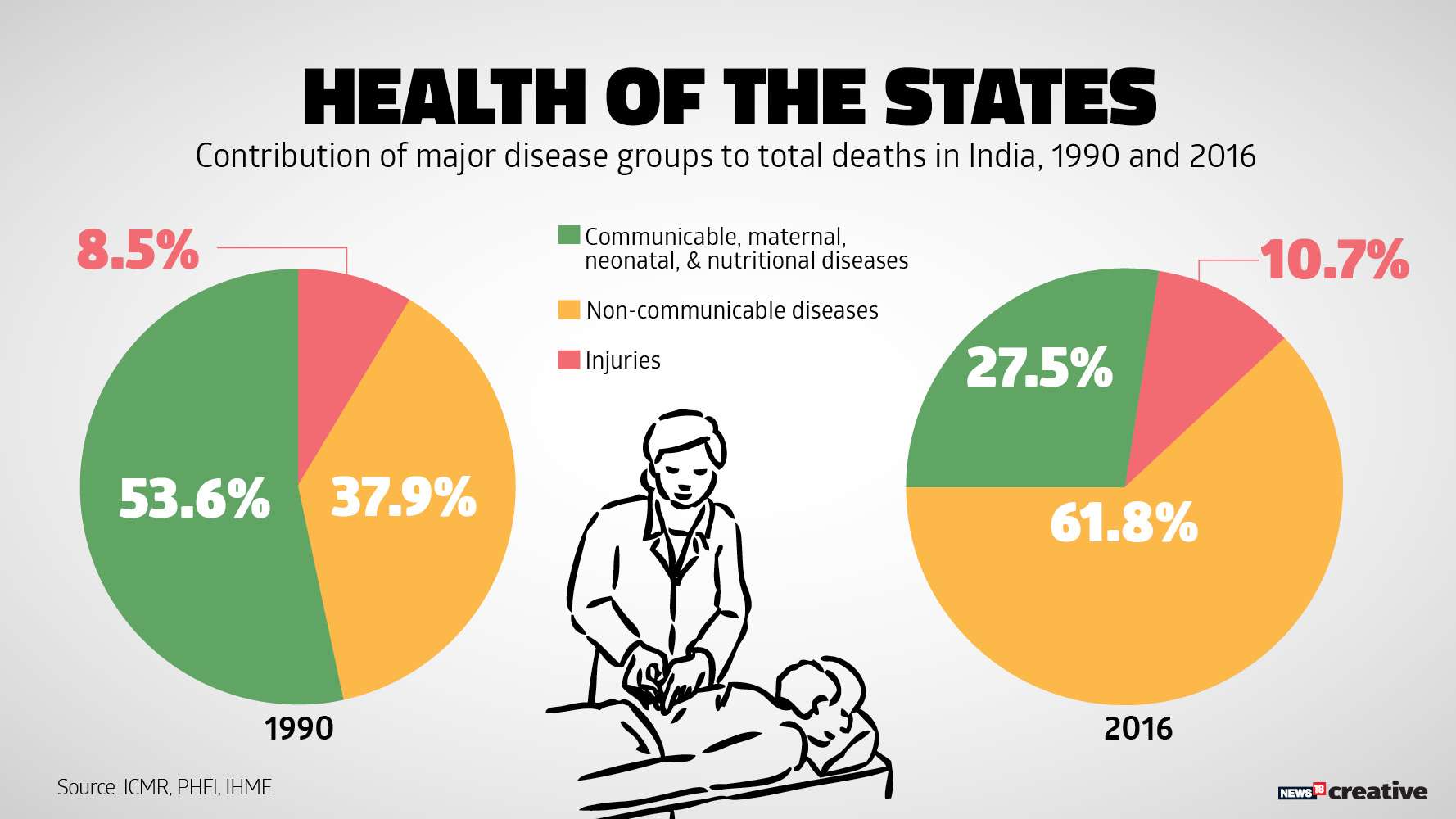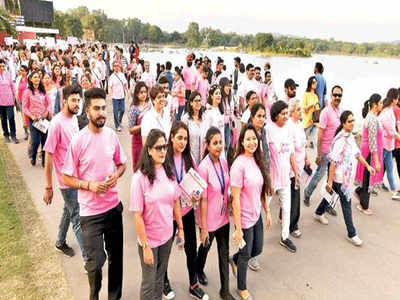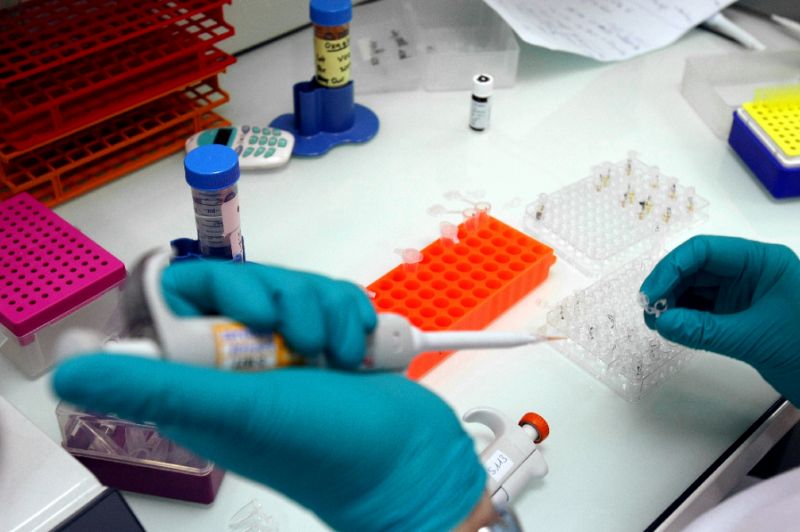New Delhi|HL
The India State-level Disease Burden Initiative, a joint initiative of the Indian Council of Medical Research (ICMR), Public Health Foundation of India (PHFI), and Institute for Health Metrics and Evaluation (IHME) in collaboration with the Ministry of Health and Family Welfare, Government of India, along with experts and stakeholders associated with over 100 Indian institutions, has released today comprehensive analysis of several major non-communicable diseases (NCDs) and suicide for every state in India, based on analysis of all identifiable epidemiological data from India since 1990 as part of the Global Burden of Disease study. These findings are reported in a series of five research papers published in The Lancet Global Health, The Lancet Public Health, and The Lancet Oncology, along with a commentary in The Lancet.
Highlighting some crucial policy-relevant points in these papers, Professor Balram Bhargava, Secretary to the Government of India, Department of Health Research, Ministry of Health & Family Welfare, and Director General, ICMR, said, “These papers through detailed analysis have elucidated disease and risk factor trends of major NCDs and suicide in every state over 26 years. While it is known that NCDs have been increasing in India, a major finding of concern is that the highest rate of increase in ischemic heart disease and diabetes is in the less developed states of India. These states already have a high burden from chronic obstructive lung disease and from a range of infectious and childhood diseases, so the control of NCDs in these states has to be boosted without delay. The proportional contribution of cancers to disease burden in India has doubled since 1990, but the incidence of individual cancers varies widely between the states, the reasons for which need to be understood better to guide prevention and control of cancer. Another important finding is the very high contribution of India to the total suicide deaths in the world, especially among women. The ten-fold variation between the states in the suicide death rate for women emphasises the need to better understand the reasons behind these suicides and make concerted efforts to reduce this avoidable loss of predominantly young lives.”
Dr Bhargarva also informed about the working of ICMR, its national priorities, new initiatives, major events that took place at ICMR this year and the role ICMR has been playing in the field of Health research in India since the past century.
Giving pre inputs on the release of this data, Professor Lalit Dandona, Director of the India State-Level Disease Burden Initiative had informed that It is important to note that the detailed analyses reported in these papers have been possible because of the valuable contributions of many hundreds of highly qualified collaborators from India over the past three years.
Dr Richard Horton, Editor-in-Chief of The Lancet, had informed that “The papers in the Lancet journals reveal a rapid epidemiological transition in India. While the country is engulfed in an emerging epidemic of non-communicable disease, it is also facing the challenge of a significant burden of suicide.
Findings of the studies:-
- Detailed estimates of the trends of cardiovascular diseases, diabetes, chronic respiratory diseases, cancer, and suicide in every state of India from 1990 to 2016 published in The Lancetfamily of journals.
- Prevalence of ischemic heart disease and stroke has increased by over 50% from 1990 to 2016 in India, with an increase observed in every state.
- The number of persons with diabetes in India has increased from 26 million in 1990 to 65 million in 2016.
- The rate of increase in the burden of ischemic heart disease and diabetes has been the highest in the less developed states of India, where the burden of chronic obstructive lung disease and infectious conditions is already high.
- The number of chronic obstructive lung disease cases in India has increased from 28 million to 55 million from 1990 to 2016, and death rate among these cases is twice as high in the less developed states than in the more developed states.
- The proportional contribution of cancers to the total health loss in India has doubled from 1990 to 2016, but the incidence of different types of cancers varies widely between the states.
- Suicide is presently the leading cause of death in the 15-39 year age group in India, 37% of the total global suicide deaths among women occur in India, and suicide death rate among the elderly has increased over the past quarter century.
State burden of diseases is becoming more evident with these publications and ICMR is also realigning itself as per the changing epidemiology: DG ICMR
Note:- The first set of findings by the India State-Level Disease Burden Initiative on the variations in epidemiological transition across the states of India were presented in a Report released by the Vice-President and Health Minister of India and in a scientific paper published in The Lancet in November 2017.
https://icmr.nic.in/reports?title=&page=1
https://phfi.org/the-work/research/the-india-state-level-disease-burden-initiative/
http://www.healthdata.org/disease-burden-India
https://www.thelancet.com/journals/lancet/article/PIIS0140-6736(17)32804-0/fulltext










